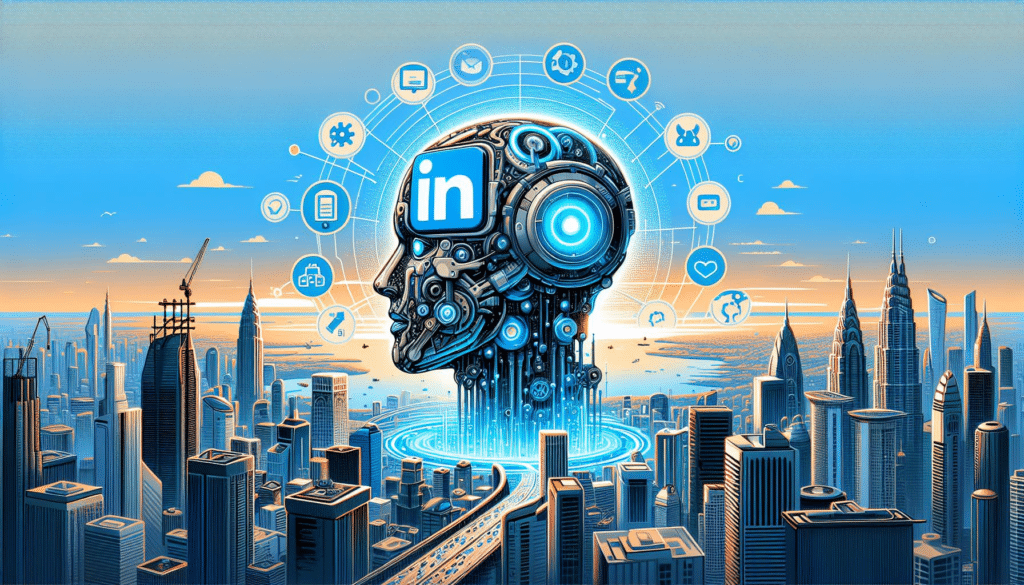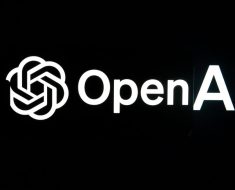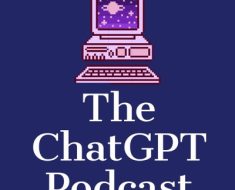LinkedIn AI is transforming the world’s largest professional network, making it a more efficient and effective platform for users. With millions of users worldwide, LinkedIn has become an indispensable tool for professionals, recruiters, and businesses alike. The integration of Artificial Intelligence (AI) has taken LinkedIn to the next level, enhancing user experience, streamlining connections, and changing the game for professionals and businesses.
Enhancing User Experience with LinkedIn AI


LinkedIn AI uses machine learning to personalize user feeds, making it easier for users to find relevant content, connections, and job opportunities. The algorithm takes into account user behavior, preferences, and interests to curate a unique feed for each user. This means that users are more likely to see posts, articles, and job postings that are relevant to their professional interests, making their experience on the platform more engaging and valuable.
One of the most notable AI-driven features on LinkedIn is the “People You May Know” suggestion tool. This feature uses AI to identify potential connections based on user behavior, shared connections, and industry. This makes it easier for users to expand their professional network and connect with like-minded professionals.
Another AI-driven feature is the “Jobs You May Be Interested In” tool. This feature uses AI to identify job postings that match a user’s skills, experience, and interests. This makes it easier for job seekers to find relevant job opportunities and for recruiters to find qualified candidates.
Streamlining Connections with LinkedIn AI


LinkedIn’s AI-powered search algorithms make it easier for recruiters and job seekers to find each other. The algorithm takes into account keywords, skills, and experience to provide more accurate search results. This means that recruiters can find qualified candidates faster, and job seekers can find job opportunities that match their skills and interests.
The “Smart Search” feature is another AI-driven tool that makes it easier for recruiters to find qualified candidates. This feature uses AI to identify potential candidates based on their skills, experience, and interests. This makes it easier for recruiters to find the right candidate for the job, reducing the time and effort required to fill open positions.
The “Resume Assistant” feature is another AI-driven tool that helps job seekers create a more effective resume. This feature uses AI to identify keywords and phrases that are relevant to the job posting, making it easier for job seekers to tailor their resume to the job they want.
The Future of LinkedIn AI: What’s Next?


LinkedIn is continuously exploring new ways to integrate AI into its platform. One of the most exciting developments is the use of AI to predict job openings and skill requirements. This will enable recruiters to anticipate talent needs and find qualified candidates before the competition.
Another area of development is the use of AI to enhance virtual events and conferences. LinkedIn is exploring the use of AI to facilitate virtual networking, making it easier for professionals to connect and collaborate remotely.
Conclusion
LinkedIn AI is transforming the world’s largest professional network, making it a more efficient and effective platform for users. With its AI-driven features, LinkedIn is streamlining connections, enhancing user experience, and changing the game for professionals and businesses. As LinkedIn continues to explore new ways to integrate AI into its platform, we can expect even more exciting developments in the future.
If you’re not already using LinkedIn AI to enhance your professional network, now is the time to start. With its powerful AI-driven features, LinkedIn is the ultimate tool for professionals, recruiters, and businesses looking to stay ahead in the rapidly evolving professional landscape.
Please note, that the author may have used some AI technology to create the content on this website. But please remember, this is a general disclaimer: the author can’t take the blame for any mistakes or missing info. All the content is aimed to be helpful and informative, but it’s provided ‘as is’ with no promises of being complete, accurate, or current. For more details and the full scope of this disclaimer, check out the disclaimer page on the website.





